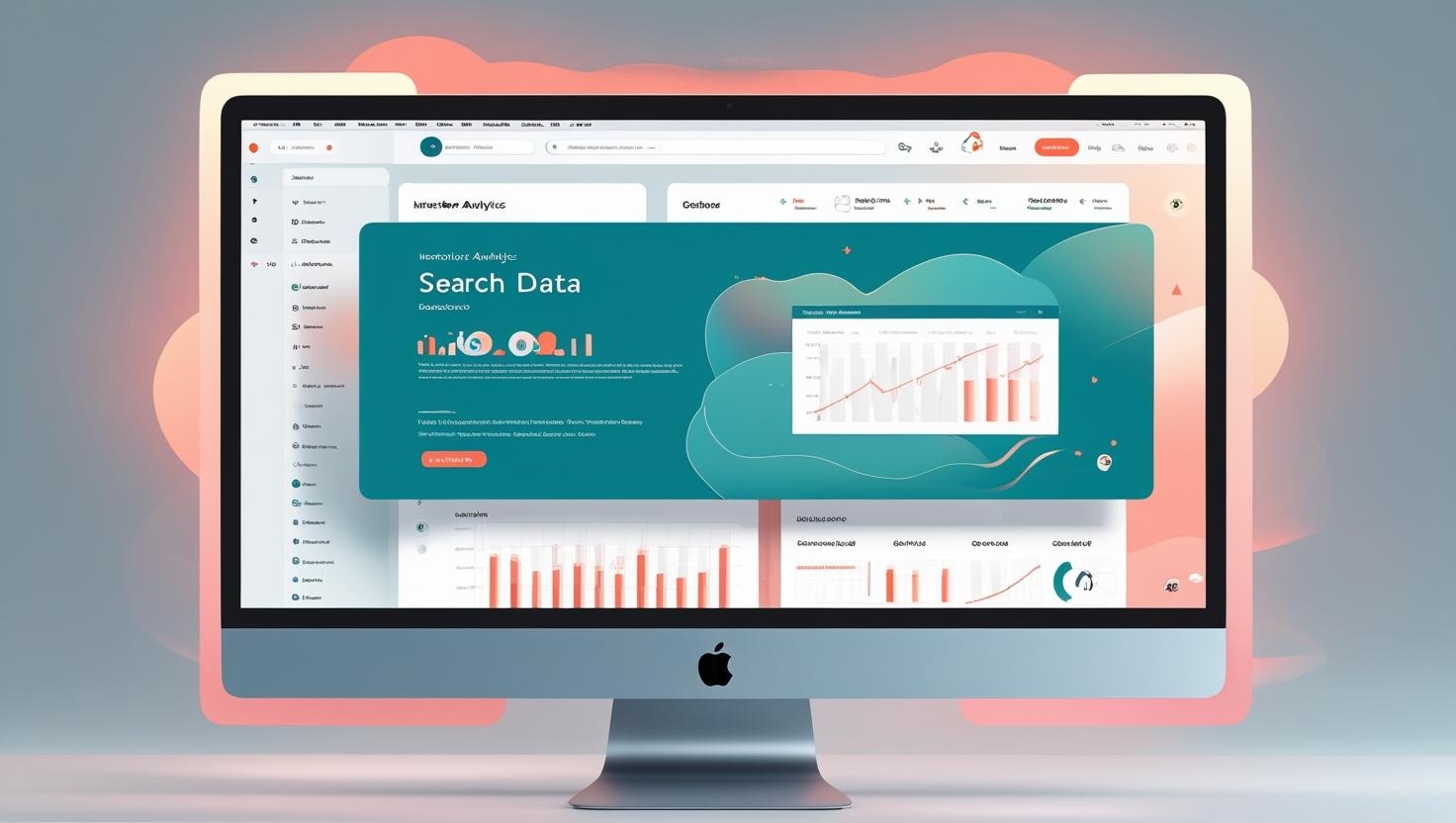Turning Visibility Into Engagement
You’ve captured attention. Prospects have discovered your brand through search, social, or thought leadership. But awareness alone doesn’t move the needle—interest is where potential buyers lean in and signal they want more.
The interest stage of the B2B marketing funnel is about building curiosity, starting conversations, and nurturing permission to keep talking.
Why Interest Matters in the Funnel
In B2B, the buying journey is long and complex. Multiple decision-makers need reassurance before committing to a solution. Interest is the stage where strangers start to look like prospects:
- They sign up for your newsletter
- They download a whitepaper or guide
- They attend a webinar or workshop
- They follow your brand on LinkedIn
Every small step is a signal: “We’re curious—tell us more.”
The Role of Keyword Intent in the Interest Stage
Every search reflects where a buyer is in their journey. By the interest stage, buyers have moved past broad awareness and are beginning to seek depth and direction. They aren’t ready to evaluate vendors yet, but they want clarity on how solutions work and whether they apply to their situation.
At this stage, prospects are looking to:
- Explore strategies and approaches in more detail
- Understand how certain solutions might address their challenges
- Learn from examples, guides, or frameworks that they can apply
These searches don’t signal purchase intent, but they do indicate a growing investment of time and attention. By providing content that educates and engages, you guide prospects further into the funnel while building trust and authority for the stages ahead.
Tactics to Build Awareness
To move prospects from passive awareness to active engagement, focus on value-driven content and personalized touchpoints:
- Email Newsletters & Drip Campaigns: Send insights, tips, or quick industry updates to subscribers.
- Educational Downloads: Offer whitepapers, templates, or ebooks in exchange for emails.
- Webinars & Virtual Events: Create live or on-demand experiences that provide real value and a face to your brand.
- Retargeting Ads: Reconnect with site visitors through thoughtful, interest-based ads that remind them why they engaged in the first place.At this stage, you’re not selling—you’re proving relevance and reliability.
Metrics to Measure Interest
Awareness may be about reach, but interest is about engagement signals:
- Email sign-ups
- Content downloads
- Webinar attendance
- Social follows and engagement
- Time spent engaging with gated content
📊 Pro tip: Don’t confuse clicks with true engagement. The real test of interest is whether prospects are willing to give you something valuable—like their email or time—in exchange for your expertise.
Common Pitfalls at the Interest Stage
Even seasoned marketers stumble here. Common mistakes include:
- Over-selling too soon — pushing a sales call before trust is established
- Gated content overload — hiding every resource behind a form
- Vanity engagement metrics — mistaking likes for meaningful signals
Instead, focus on the quality of engagement over sheer quantity.
Ready to Move Your Audience From Clicks to Conversations?
The interest stage is where prospects begin to trust your voice. Done right, it sets the stage for consideration, where they’ll look to you as a serious option.
👉 Want to turn visibility into real engagement? Let’s talk about how to design interest-stage campaigns that start conversations and nurture long-term B2B growth.
related posts
Poor grammar and typos can harm your reputation, turning potential clients and customers away in seconds. Learn how grammar mistakes can impact your website's ranking in search engine results pages (SERPs).
Find the answers to the most common SEO questions from manufacturers, engineers, and marketers—covering everything from local search visibility to AI-generated search results and what they mean for your content strategy in 2025.


